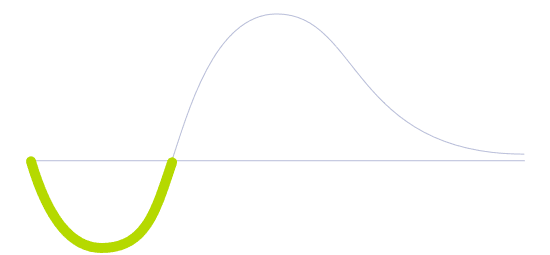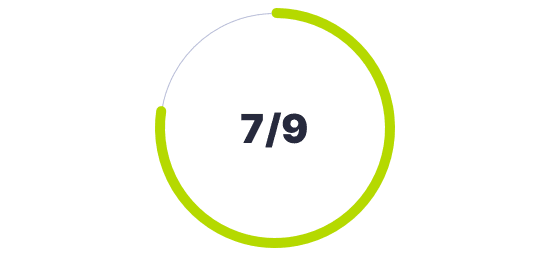Nanobarcode

Technology Life Cycle
Initial phase where new technologies are conceptualized and developed. During this stage, technical viability is explored and initial prototypes may be created.

Technology Readiness Level (TRL)
Prototype is fully demonstrated in operational environment.

Technology Diffusion
First to adopt new technologies. They are willing to take risks and are crucial to the initial testing and development of new applications.

For many global industries and government regulators, counterfeiting and contamination remain top concerns, with public health implications and a substantial economic impact at stake. As a solution, nano-scale barcode systems could be used to monitor and tag various items, improving supply chain efficiency while making it easier to track assets and general-purpose compliance applications.
These nanobarcodes can take the shape of a nanogel marking or synthetic DNA coated with silica. Luminescent proteins could also be used to respond to microbes, allowing easy and obvious detection of contamination. This barcoding system would react to chemicals, pathogens, and toxins present in goods, thus helping enhance the item's monitoring process throughout the production and distribution chains. Once applied, nanobarcodes can't be replaced or removed from the product, and they do not alter the colour, flavour, or texture.
The data collected through nanobarcodes could enhance consumer awareness, such as in cosmetics, when buyers can access the current condition of a given product, for example, a defacto updated expiration date. Also, this technology can help companies better manage their goods and systems, increasing productivity and efficiency, as well as bringing economic benefits to both farmers and retailers while improving product quality and prices for consumers. In the healthcare industry, for instance, applying multimodal nanoimaging agents in the human body would enable noninvasive, quantitative, and longitudinal stem cell tracking. In this process, labelled stem cells are injected into an injured muscle and then tracked by an imaging system.
Today, this technology is being used to observe and track wildlife, such as birds, bats, giant insects, and fish. This data can give insights into migration patterns to help find more suitable locations for wind turbines and other buildings. There is also a potential use to monitor pets and livestock for the early detection of zoonotic diseases.
Future Perspectives
In the future, nanobarcoding is expected to help researchers identify patterns of hundreds of molecules that form molecular signatures for different applications. It offers innovative solutions that one day may include connective features like with the Internet of Things applications. Furthermore, it could help raise the awareness level of ethical marketplaces and encourage their managers and owners to crack down on intellectual property abuse.
As countries increasingly grow adverse to agrochemicals, nanobarcodes will make it easier for inspectors to identify if molecules have been altered or were subject to prohibited substances. Such barcodes could become a mandatory practice to facilitate the work of some regulatory bodies inspecting goods.
Image generated by Envisioning using Midjourney